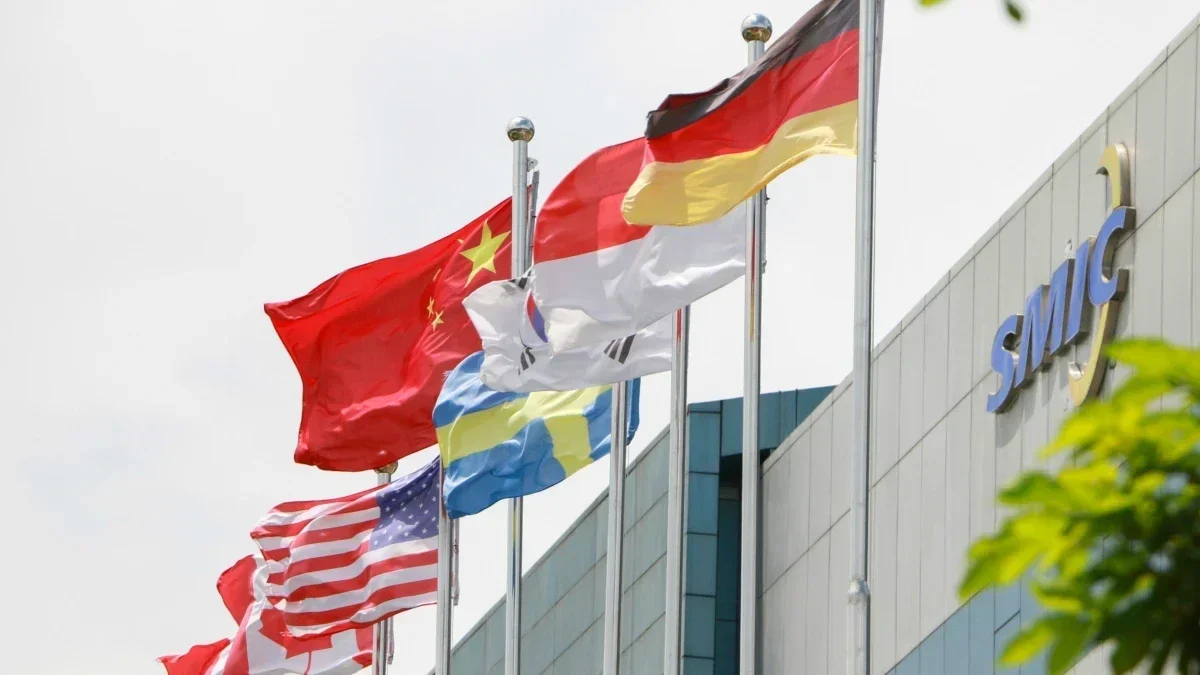Significant Development in the Chip Manufacturing Industry
If you thought that U.S. lawmakers and officials went nuts after Huawei announced the Mate 60 Pro in August powered by the homegrown 7nm Kirin 9000s 5G chip, as the saying goes, “you ain’t seen nothing yet.” The Kirin 9000s was built by China’s largest foundry, SMIC, using older technology such as the Deep Ultraviolet Lithography machine (DUV) which etches circuitry patterns on silicon wafers.
While the DUV machines can help foundries manufacture chips to the 7nm process node, it takes an extreme ultraviolet (EUV) lithography machine to produce chips at 5nm and lower. The lower the process node, the smaller the transistors allowing more to fit inside a chip; the higher a chip’s transistor count, the more powerful and energy-efficient it is. Only one company makes EUV machines and it has not shipped any to China.
SMIC has an R&D team dedicated to making 3nm chips using DUV lithography
According to DigiTimes (via Gizmochina), SMIC has put together an R&D team to make 3nm chips using DUV lithography equipment. This would be considered an impossible task since the patterns created by an EUV machine are thinner than human hair and must be in order to help with the placement of billions of transistors. This R&D team at SMIC is led by co-CEO Liang Mong-Song, a well-known semiconductor scientist. He has worked at TSMC and Samsung Foundry and in the semiconductor industry he is considered to be a genius.
SMIC is allowed to take delivery of this ASML DUV lithography machine
SMIC is the nation’s fifth-largest contract foundry in the world and has been relying on ASML’s Twinscan NXT:2000i DUV lithography machine. Using double patterning, a foundry like SMIC can use a DUV machine to produce 7nm chips; SMIC is reportedly using triple, quadruple, and even quintuple patterning in an attempt to to get to 3nm without an EUV lithography machine.
There is no guarantee that if SMIC succeeds in producing 3nm chips using DUV that the components will work as well as the 3nm chips produced by other companies. By 2025, the line of scrimmage moves forward to 2nm production and the new process leader could be Intel with its A18 (1.8nm) technology. All of those foundries have the luxury of using EUV (and the second-gen High-NA EUV machines) unlike SMIC.
Every time the U.S. thinks it has pinned Huawei, the company escapes
The U.S. sanctions against Huawei and SMIC could end up being considered a massive failure. SMIC can now make 7nm 5G chipsets and it has one of the most brilliant minds in the industry trying to figure out how to build 3nm silicon using older technology. Every time the U.S. thought it had Huawei pinned, the company managed to escape. Consider this, placed on the U.S. Entity List, Huawei was banned from doing business with Google. So it replaced the Google Mobile Services version of Android with its homegrown HarmonyOS.
If SMIC can develop 3nm chips using DUV, which is a long shot to be sure, U.S. officials and lawmakers are going to be besides themselves looking for some way to stop the momentum.








